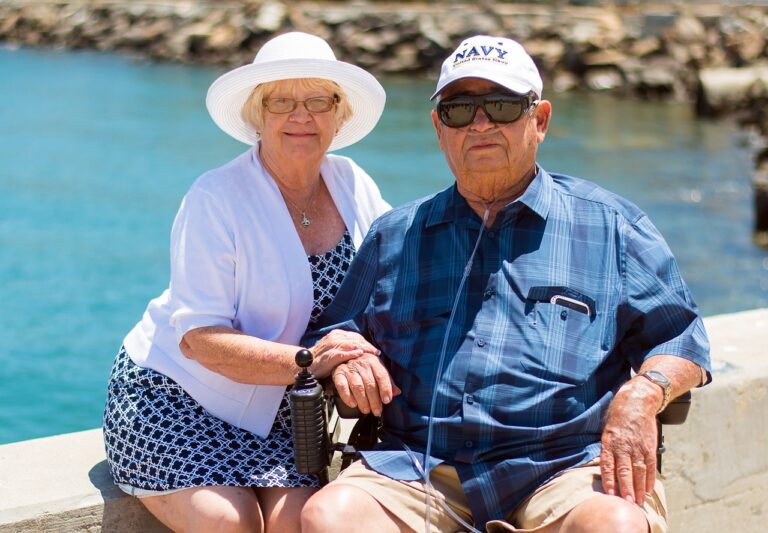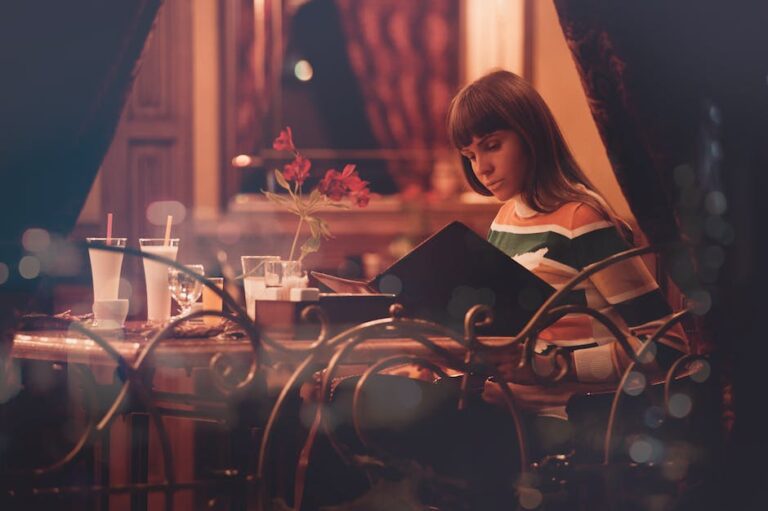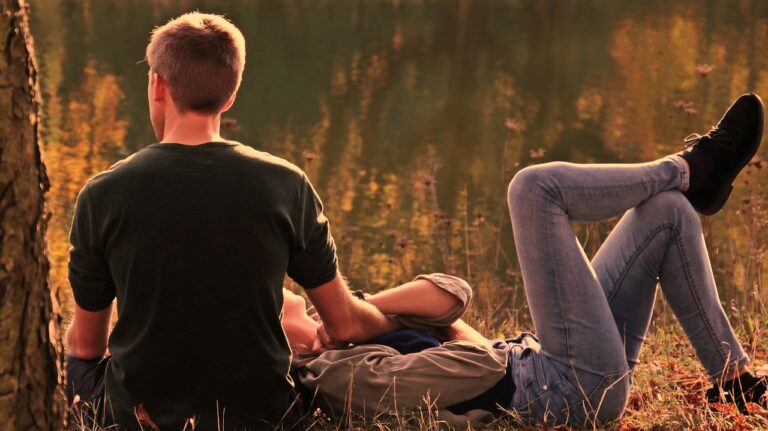Tradition Meets Modernity: Understanding “Dating The Rules”
The Origins of Dating Norms
Dating norms have been a part of human social interactions for centuries. These norms have been shaped by various factors, including cultural traditions, religious beliefs, and societal expectations. In ancient times, arranged marriages were the norm, with couples being united based on factors such as family status and financial benefits. Romance and personal choices were often secondary considerations, if considered at all.
As societies began to shift towards more individualistic values, dating norms started to evolve. The concept of courtship emerged, where individuals had more freedom to choose their partners, although familial influence still played a significant role. Over time, dating became a way for people to explore compatibility and form emotional connections before committing to a long-term relationship or marriage.

The Evolution of Dating Practices
The dating landscape has undergone a dramatic transformation over the years. Gone are the days of courtship solely taking place within the confines of one’s immediate community. With the advent of technology and globalization, dating practices have expanded to incorporate a diverse range of influences and possibilities. Today, individuals have the freedom to exercise greater agency in choosing their partners, with options to explore beyond societal norms and expectations.
One of the key factors contributing to the evolution of dating practices is the breaking down of traditional gender roles. In the past, men were typically expected to take the lead in initiating and planning dates, while women were encouraged to be more passive and receptive.

The Influence of Tradition on Dating Rules
Tradition has long played a significant role in the realm of dating, shaping the rules and expectations that individuals navigate in their search for love. These dating norms, rooted in cultural traditions and historical practices, often dictate how individuals should behave, who should make the first move, and even who should foot the bill on a date. While these rules may have once been strictly adhered to, they are now being challenged as society evolves and relationships take on new dynamics.
One traditional dating rule that many cultures have upheld is the notion that men should take the lead in pursuing potential partners. It was, and still is, expected that it is the man’s role to initiate contact, plan and pay for dates, and make the first move towards intimacy. This expectation has greatly influenced the dating landscape, with men feeling the pressure to be assertive and women taking on more passive roles. However, as society progresses and gender roles become more fluid, these traditional expectations are being reevaluated and redefined. People are now questioning the idea that men should always be the pursuers, and there is a growing recognition that both genders can actively participate and contribute to the dating process.
The Impact of Modernity on Dating Culture
In today’s fast-paced and technology-driven world, it’s no surprise that modernity has greatly impacted dating culture. With the rise of social media and dating apps, traditional dating practices have taken a backseat. Instead of relying on chance encounters and face-to-face interactions, people now have the convenience of connecting with potential partners online.
This shift has brought both positive and negative changes to dating culture. On one hand, it has made it easier for individuals to meet new people and expand their social circles. Dating apps have introduced a whole new level of accessibility, allowing people to connect with others beyond their immediate social circles.

Breaking Down Traditional Gender Roles in Dating
In the realm of dating, traditional gender roles have long dictated how individuals should behave and interact with each other. Historically, it was often expected that men would take the lead, initiating dates and paying for expenses, while women were expected to be passive, waiting to be asked out and displaying feminine qualities. However, in recent years, these traditional gender roles have been breaking down, giving way to a more egalitarian approach to dating.
Today, more and more people are challenging these traditional gender norms and embracing a more equal footing in the dating world. Women are taking the initiative and asking men out, while men are becoming more open to sharing expenses or even letting their date pick up the check. This shift in dating dynamics has paved the way for a greater sense of equality between partners, allowing individuals to explore their interests and intentions without the constraints of gender expectations. While some may still prefer more traditional roles, the increasing acceptance and appreciation of diverse dating practices is a positive step towards more inclusive and empowering relationships.
Navigating Cultural Expectations in Modern Dating
Cultural expectations can play a significant role in the dating landscape, making it essential for individuals to navigate these nuances carefully. In modern dating, the challenge lies in striking a balance between personal desires and societal expectations. It is common for cultural norms to influence various aspects of dating, including the choice of partner, the pace of the relationship, and even the acceptable form of intimacy.
For some, cultural expectations act as guideposts in finding a suitable partner. They may adhere to traditional values and seek someone who aligns with their cultural background, holding a strong preference for individuals who share similar customs, beliefs, and family values. In such instances, dating is more than just a personal journey – it is a chance to honor and preserve the cultural heritage and identity. By adhering to these expectations, individuals may feel a sense of belonging and comfort in their relationships. However, for others, these cultural expectations may pose challenges and limitations, especially if they feel restricted in their choices or if they wish to explore beyond the boundaries set by tradition.
The Role of Technology in Changing Dating Dynamics
Technology has undoubtedly transformed the way we approach dating. With the rise of dating apps and online platforms, meeting potential partners has become more accessible than ever. Gone are the days of relying solely on chance encounters or being set up by friends. Nowadays, people can simply swipe right to express interest and start a conversation with someone they find attractive. This convenience has revolutionized the dating game, making it both exciting and daunting at the same time.
One of the advantages of technology in dating is the ability to connect with individuals who share similar interests and values. These platforms use algorithms to match users based on their preferences, increasing the likelihood of finding someone compatible. It’s like having a virtual cupid that does all the hard work for you. However, this reliance on technology can also create a sense of superficiality, where people are simply judged based on their profile pictures and brief bios. It’s important to remember that behind every digital profile is a real person – someone with emotions, flaws, and a story to tell.
Challenges Faced by Traditionalists in Modern Dating
Traditionalists often find themselves facing a myriad of challenges in the modern dating landscape. One of the main obstacles they encounter is the clash between their deeply ingrained belief systems and the evolving societal norms. In a world that increasingly values individual freedom and nonconformity, traditionalists may feel a sense of alienation and rejection as they hold on to more traditional views on relationships and gender roles. This can lead to difficulties in finding compatible partners who share similar values and expectations, making it harder for traditionalists to navigate the complex terrain of modern dating.
Another challenge traditionalists face is the impact of technology on dating dynamics. With the rise of online dating apps and social media platforms, people have become more connected than ever before. However, this digital era also brings with it a whole new set of challenges for those who adhere to traditional dating practices. Traditionalists may struggle to adapt to the fast-paced, superficial nature of online dating, where instant gratification and casual encounters have become the norm. This can leave traditionalists feeling disillusioned and frustrated as they yearn for deeper connections and a more meaningful courtship process.
Embracing Change: Modern Approaches to Dating
In today’s fast-paced and technology-driven world, traditional dating norms have gradually given way to modern approaches. Gone are the days of waiting by the phone for a potential suitor to call, or meticulously planning a date weeks in advance. Instead, the modern dater is more inclined to swipe right or left on their smartphone, engaging in a quick initial conversation before deciding whether or not to meet in person.
With the advent of online dating apps and social media, the dating landscape has been transformed. Connections can be made instantaneously, and the boundaries of geography are no longer a limiting factor. Now, a person can chat with someone on the other side of the world, arrange a video call, and potentially even fly across oceans to meet their potential partner. This level of connectivity has given rise to a new era of dating, one that embraces change and harnesses the power of technology to create meaningful connections.
Finding Balance: Blending Tradition and Modernity in Dating Practices
In today’s dating landscape, a delicate balance between tradition and modernity is often sought after. As societal norms and expectations continue to evolve, individuals are faced with the challenge of navigating old customs while embracing the new. Finding this equilibrium can be especially daunting when it comes to dating practices.
On one hand, tradition provides a sense of stability and familiarity. It offers a set of guidelines and expectations that have been shaped by cultural and historical norms. These traditional dating practices may include courtship rituals, arranged marriages, or adherence to particular gender roles. While adhering to tradition can foster a sense of security and cultural identity, it can also limit personal agency and hinder the exploration of individual desires and preferences.
On the other hand, modernity brings about a wave of change and new possibilities in the dating realm. With the advent of technology, online dating platforms, and increased freedom of choice, individuals now have a multitude of options and methods to explore relationships. This shift towards modernity has dismantled many of the rigid expectations and roles that previously defined dating. However, it can also lead to a sense of overwhelming choice and a lack of clear guidelines, leaving many wondering how to navigate this new landscape.
In order to find balance, it is crucial to acknowledge and appreciate the values and wisdom that tradition offers, while also embracing the opportunities and freedom that modernity presents. Navigating dating norms should involve a thoughtful consideration of one’s own values and desires, as well as an openness to new experiences and perspectives. By blending tradition and modernity in dating practices, individuals can strive for meaningful connections that honor their cultural heritage while also fostering personal growth and fulfillment.
• Tradition provides stability and familiarity in dating practices.
• Traditional dating practices include courtship rituals, arranged marriages, and adherence to gender roles.
• Adhering to tradition can foster a sense of security and cultural identity.
• However, tradition may limit personal agency and hinder exploration of individual desires and preferences.
• Modernity brings change and new possibilities in the dating realm.
• Technology and online dating platforms offer increased freedom of choice.
• Modernity has dismantled rigid expectations and roles in dating.
• However, it can also lead to overwhelming choice and a lack of clear guidelines.
• To find balance, acknowledge the values of tradition while embracing modern opportunities.
• Consider one’s own values and desires when navigating dating norms.
• Be open to new experiences and perspectives in order to grow personally.
• Strive for meaningful connections that honor cultural heritage while fostering fulfillment.
What are the origins of dating norms?
Dating norms have evolved over time, but they can be traced back to traditional courtship rituals and social expectations.
How have dating practices evolved?
Dating practices have become less formal and more casual over the years, with a focus on personal compatibility and individual choice.
How does tradition influence dating rules?
Tradition often dictates certain dating rules and expectations, such as gender roles and the importance of family approval.
How does modernity impact dating culture?
Modernity brings with it a shift towards individualism and independence, challenging traditional dating practices and norms.
How are traditional gender roles in dating breaking down?
Traditional gender roles are being challenged as more people embrace equality and reject societal expectations placed on men and women in dating.
How do you navigate cultural expectations in modern dating?
Navigating cultural expectations in modern dating requires open communication, understanding, and respecting each other’s backgrounds and traditions.
What role does technology play in changing dating dynamics?
Technology has greatly impacted dating dynamics by providing new ways to meet and connect with potential partners, but it also brings challenges and complexities.
What challenges do traditionalists face in modern dating?
Traditionalists may struggle to adapt to the changing dating landscape and may find it difficult to reconcile their beliefs with modern dating practices.
How can one embrace change and adopt modern approaches to dating?
Embracing change in dating involves being open-minded, willing to try new things, and understanding that dating practices evolve with society.
Is it possible to find a balance between tradition and modernity in dating?
Yes, finding a balance between tradition and modernity in dating is possible by understanding and respecting cultural values while also embracing new perspectives and approaches.






